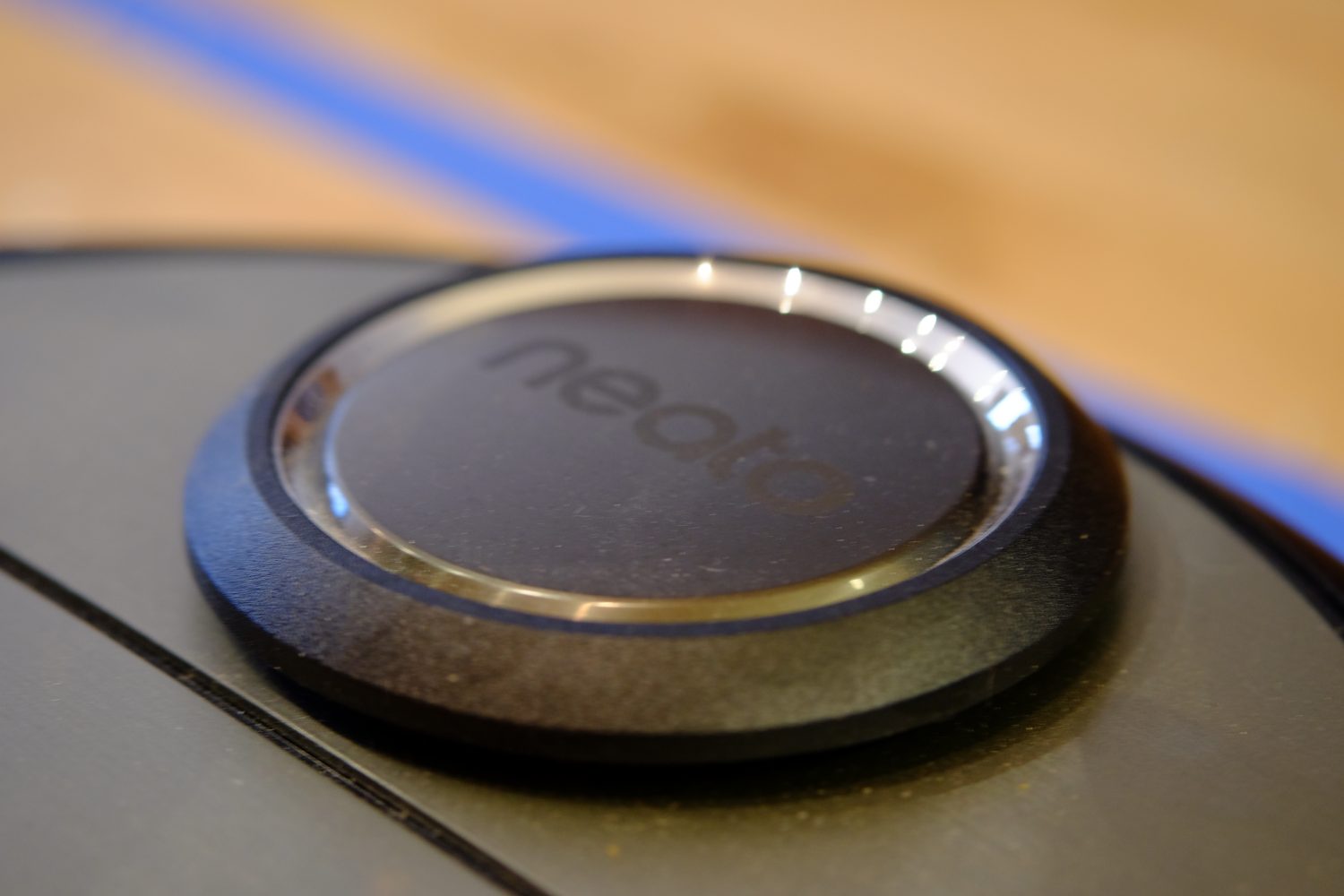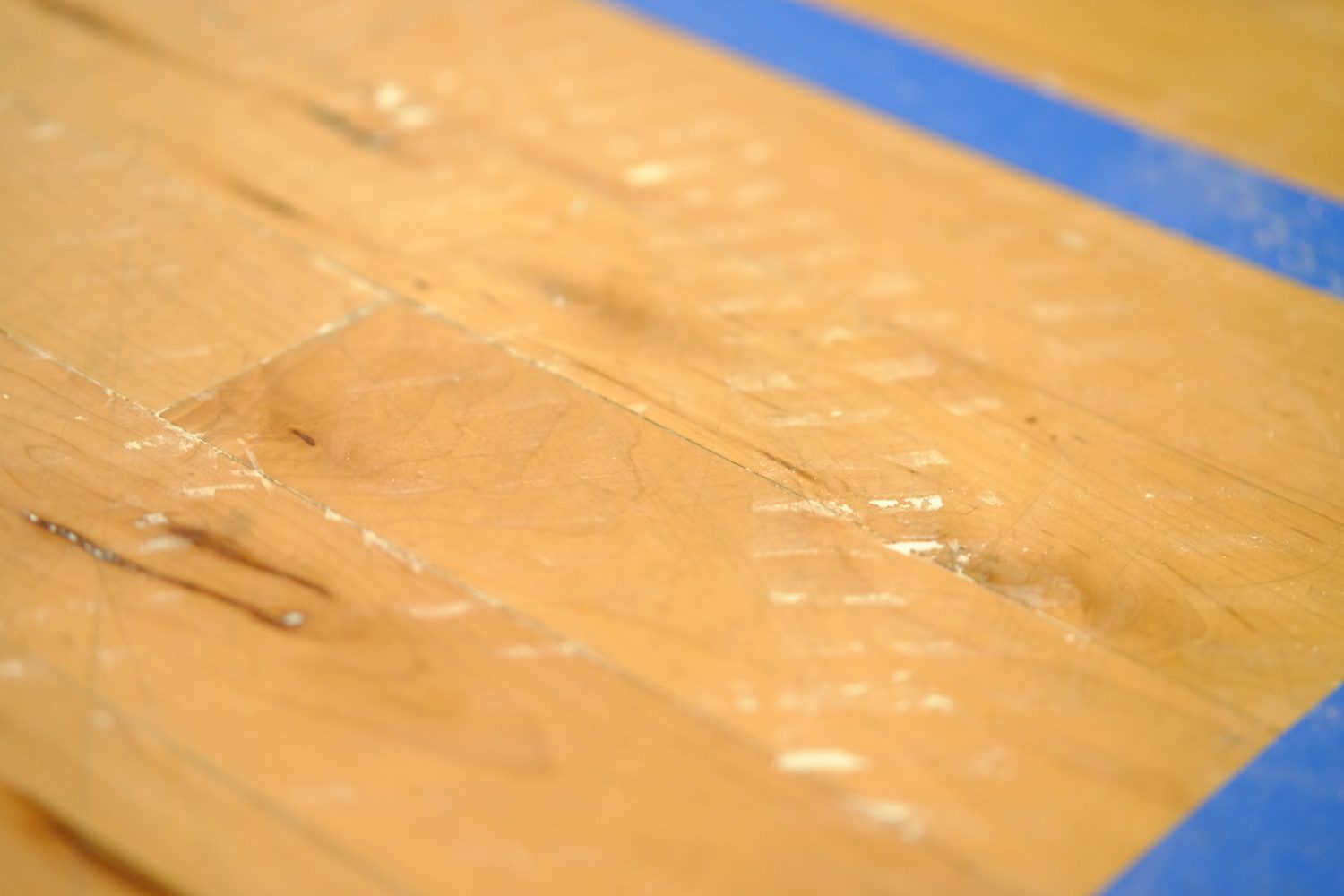It’s 2018, and many things that once involved manual labor and human effort have been turned into an app. In my increasingly smart apartment, I can yell to turn the lights down, lock the door, or start the coffee maker, all without ever getting off my couch. But with great power also comes great slovenliness, and at the end of the day, someone has to clean up. Thanks to a single-level 1,500 square foot apartment, one mildly-shedding dog, and a hatred of shag carpet, I’m a perfect candidate for a robotic vacuum. But rather than running down to Best Buy and finding one, I instead decided to test the best versions on the market to see which comes out on top.
Before we get to crowning the winner, let’s look at the methodology and our contenders. Robotic vacuums are synonymous with the iRobot brand Roomba, so that was an obvious baseline pick. In this instance, we were testing the Roomba 980, the company’s flagship $779 version. Compared to some of the cheaper robotic vacuums, Roomba promises better suction and a longer battery life, while still including all the niceties like clever mapping, Wi-Fi connectivity, and voice control with a Google Home or Amazon Alexa.
A relative newcomer is the Pure i9, a $899 vacuum from household name Electrolux. The design is smaller and more triangular than most other competitors, which Electrolux says gives it a better chance at cleaning in the corners.
Finally, we have the Neato Robotics D7 Connected, which also features an unusual design. It’s basically a square with a semicircle stuck on the back, which features the laser sensors that make this robot particularly smart. Its stand-out feature, compared to the other models, is the ability to map out your house and then add virtual ‘no-go’ zones, which you can use to make it avoid pet bowls, cables, or even restrict it to cleaning one room without virtual or physical barriers.

To test, we used all three vacuums on rotation for daily cleaning the aforementioned 1,500 square foot single-level apartment. The majority of testing was done on hardwood, with only a few low-pile area rugs for testing on carpet. There’s one dog in the household, which provided plenty of fur for daily cleaning, as well as unfinished brick walls that love to make everything dusty.
In addition to the daily use, I also conducted a side-by-side test of each vacuum’s cleaning with one pass over four different items. I used rice, onion flakes, corn starch, and dog fur to simulate common household dirt and dust, and measured what percentage of the area each vacuum cleaned in its spot cleaning mode.
Best all-around: Electrolux Pure i9
My all-around favourite robotic vacuum turned out to be Electrolux’s Pure i9. I found it consistently was the best at navigating and doing its job without interference, and it proved the most efficient at cleaning in corners and along the edges of walls. The biggest downfall was its cleaning power on carpets, which was noticeably less than the other two. However, what it lacks in out-and-out suction I found it made up for in smarts. The app was the simplest and easiest to use; I found the layout the most intuitive, and it draws a map as it goes, which is fun to watch. The controls on top of the robot are equally simple to use, which is a good thing, because of this robot’s one big missing feature: voice control. Electrolux says that Amazon Alexa support is on the way, but for now, you have to use the app or the controls on the robot to start or stop the clean. The best thing about the Pure i9 compared to the competition is its navigation. It was consistently the best at finding its way around the entire house and into every room, and it stops to take frequent 360-degree scans of the environment, so it sees obstacles and doesn’t even try running into them. Occasionally, that means that it won’t get into tight spaces like under a table, but in my opinion, I preferred a robot that will always clean 90% of the house over one that cleans 98%, but gets stuck on every other run. I often run the robots when I leave the house, so the fact that I rarely had to rescue the Pure i9 made it much better for that application. The size — the Pure i9 is noticeably smaller and lighter than the competition — makes it good for getting in tight spaces, such as down beside the toilet or underneath furniture. Its two big wheels also proved good at getting over thresholds, and there wasn’t a single room, cupboard, or bathroom that it failed to explore. Aside from the lack of voice control, the Pure i9 has two other weaknesses that could be deal-breakers. The first is price: at $899, it’s one of the most expensive robotic vacuums money can buy. There’s much, much cheaper options that offer similar functionality, and when you consider the speed at which technology (particularly artificial intelligence, indoor mapping, and autonomous navigation) advances makes investing nearly $1,000 in a home gadget a serious ask. The other flaw is the Pure i9’s battery life. It lasted the shortest between charges, running for around 45 minutes in its higher-power setting, and one hour 10 minutes on Eco mode. The recharge was relatively long, at around two and a half hours. All that adds up to a total cleaning time of around six hours for my apartment. The Pure i9 will generally recharge twice, rather than the Roomba and Neato, which recharged once most of the time. If you run the robots while you’re at work every day, this really doesn’t make a difference, but if you need a faster clean, it’s worth bearing in mind. For me, the Pure i9’s consistently excellent navigation, efficient cleaning, and simple app make it worth the pricetag. But if you value longer battery life or a deeper clean on carpet, the Roomba 980 might be your best bet.
Better for carpets or deep cleaning: Roomba 980
Thanks to Roomba’s long history in this marketplace, it’s no surprise that the Roomba 980 performed best all-around in our cleaning test. It was easily the best at picking dog fur and small particles out of carpet, and the automatic power increase when it finds carpet is a nice touch. The one small cleaning flaw I found is that it’s not the best at getting fine dust on hardwood floors. It uses two rubber rollers on the bottom, rather than the single rotating bristle brush on the Pure i9, and in testing, it left more of the corn starch on the floor, even after multiple passes: Anecdotally, I also noticed that it would routinely return home with less fine dust in its bin. On the flip side, it does feature a HEPA filter, so it’s guaranteeably capturing fine particulate matter and not just recirculating it. I also found that the rubber rollers were more prone to gobbling up cables than the more conventional designs. That said, the Roomba also has the best thought-out design for removing rollers when stuff does get jammed. The app is almost as simple and easy to use as Electrolux’s, and the Roomba also supports voice control through Google Assistant and Amazon Alexa. You can trigger it with IFTTT commands as well, although that’s more a novelty than anything — I managed to set it up to start vacuuming when I turn the dishwasher on, but that’s not exactly a useful or commonplace thing. One neat feature — although it has nothing to do with cleaning — is that the Roomba 980 will make a map of your house’s Wi-Fi coverage as it goes. This is normally something that network techs have to make by walking around with a signal tester, so having a little robot collect the data is fun, if not particularly useful. Overall, the Roomba was a very close second. If you value longer battery life — I found the Roomba 980 consistently cleaned for one hour and twenty minutes between charges — it could be a good pick, and it definitely cleans better on carpets. I found that the Pure i9 got in the corners better, and its obstacle avoidance meant it needed to be rescued less frequently. For me, those traits are more valuable, but the Roomba 980 is definitely a good (and slightly cheaper!) buy.
Anecdotally, I also noticed that it would routinely return home with less fine dust in its bin. On the flip side, it does feature a HEPA filter, so it’s guaranteeably capturing fine particulate matter and not just recirculating it. I also found that the rubber rollers were more prone to gobbling up cables than the more conventional designs. That said, the Roomba also has the best thought-out design for removing rollers when stuff does get jammed. The app is almost as simple and easy to use as Electrolux’s, and the Roomba also supports voice control through Google Assistant and Amazon Alexa. You can trigger it with IFTTT commands as well, although that’s more a novelty than anything — I managed to set it up to start vacuuming when I turn the dishwasher on, but that’s not exactly a useful or commonplace thing. One neat feature — although it has nothing to do with cleaning — is that the Roomba 980 will make a map of your house’s Wi-Fi coverage as it goes. This is normally something that network techs have to make by walking around with a signal tester, so having a little robot collect the data is fun, if not particularly useful. Overall, the Roomba was a very close second. If you value longer battery life — I found the Roomba 980 consistently cleaned for one hour and twenty minutes between charges — it could be a good pick, and it definitely cleans better on carpets. I found that the Pure i9 got in the corners better, and its obstacle avoidance meant it needed to be rescued less frequently. For me, those traits are more valuable, but the Roomba 980 is definitely a good (and slightly cheaper!) buy. 
Best for getting stuck on furniture: Neato D7 Connected
I had high hopes for the Neato D7 Connected, since it uses lasers to build up (in theory) the most consistent map of your house. It also scored well on the hardwood cleaning test, and it’s nearly equal to the Roomba 980 when it comes to cleaning on carpets. Sadly, the software doesn’t quite seem to match the other two. The D7 Connected didn’t manage one single run without getting stuck on a cable, in beside a toilet, or (its favourite) my kitchen bar stools. The robot’s best feature is that you can send it out to survey your floor plan, and then use that floor plan to draw virtual no-go areas. It’s a slick idea and it does work decently well, but the D7 Connected can be imprecise at avoiding them sometimes. I put my bar stools and the dog’s food in no-go zones and the D7 did a much better job of avoiding them, but I found it was terrible at getting stuck on cables, under the wheels of my desk chair, and almost anything else I found lying around. For a small apartment (or if you’re obsessive about cleaning to begin with) it might work, but I didn’t find the laser-mapping benefits outweighed the generall sub-par navigation and obstacle avoidance. It also seemed to have more software bugs, with the voice controls not always working, and the robot having a habit of ending its cleaning cycle without fully returning to recharge.










